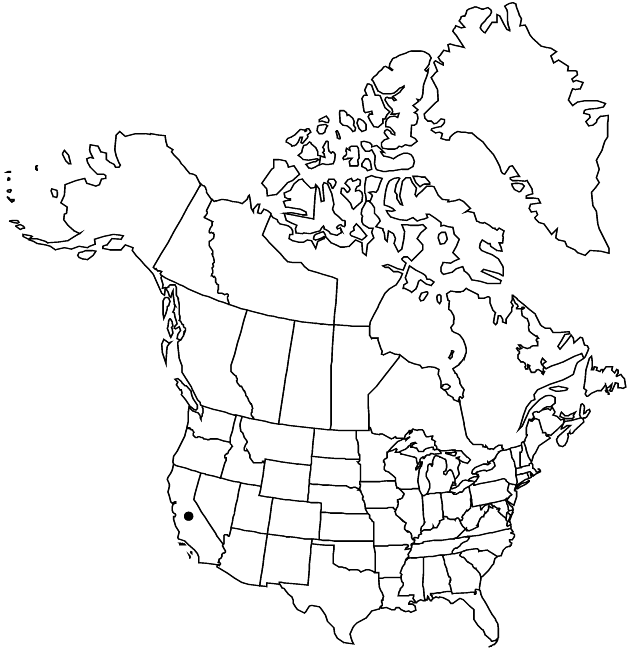Erigeron robustior
Sida 21: 21. 2004.
Perennials, (15–) 25–55 cm (not colonial); taprooted, taproots thin (2–3 mm wide), caudices simple or with relatively slender and short, erect branches. Stems (often purplish) erect or decumbent, sparsely strigillose (basal-cells inclined, hairs even-width), eglandular. Leaves basal (often withering by flowering) and cauline; basal blades (3-nerved) linear to narrowly oblanceolate, 90–170 × 3–7 mm, cauline gradually reduced distally, ending proximal to heads, margins entire, faces strigoso-hirsute, eglandular. Heads 1–3. Involucres 6–8.5 × (12–) 14–20 mm. Phyllaries in 2–3 (–4) series (narrowly oblanceolate to lanceolate, acute-acuminate), sparsely to moderately hirsute to villous, eglandular. Ray-florets 21–36; corollas 7–15 (–19) mm, laminae white to pinkish, not coiling or reflexing. Disc corollas 3.5–4.5 mm. Cypselae (1.8–) 2–3.2 mm, 2-nerved, faces sparsely strigose; pappi: outer of setae, inner of 15–22 bristles.
Phenology: Flowering Jun–Jul.
Habitat: Rocky or gravelly slopes, sometimes over serpentine, glades and meadows, seeps, sagebrush-scrub, proximal montane coniferous forest
Elevation: (200–)700–1500 m
Distribution

Calif.
Discussion
Selected References
None.